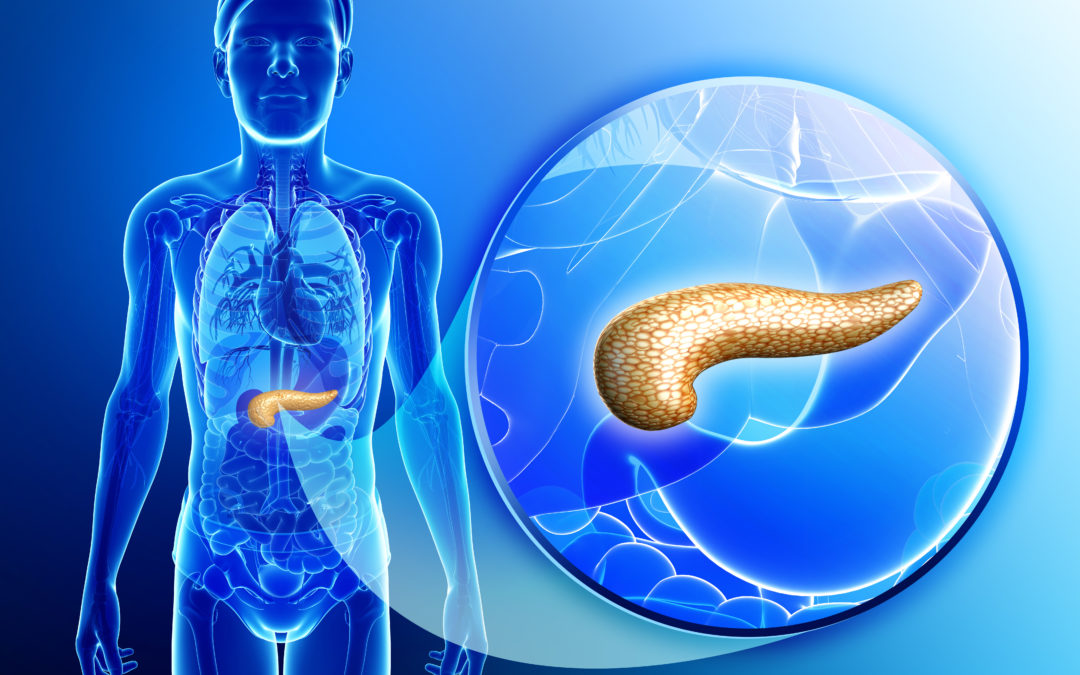Elucidating early CT after pancreatico-duodenectomy
Pancreatico-duodenectomy (PD) is the standard surgical treatment for resectable malignancies of the pancreatic head, distal common bile duct, periampullary region and duodenum, and is also performed to manage selected benign tumours and refractory chronic pancreatitis. This paper provides an overview of surgical indications and techniques, discusses risk factors and clinical manifestations of the usual postsurgical complications, and suggests appropriate techniques and indications for early postoperative CT imaging. It also presents normal early post-PD CT findings and reviews the most common and some unusual complications through imaging examples.
Teaching Points:
• Pancreatico-duodenectomy (PD) is a technically demanding surgery burdened with high morbidity (40–50%).
• Multidetector CT is the mainstay technique to investigate suspected complications following PD.
• Interpreting post-PD CT requires knowledge of surgically altered anatomy and expected findings.
• CT showing collection at surgical site supports clinico-biological diagnosis of pancreatic fistula.
• Other complications include biliary leaks, haemorrhage, abscesses and venous thrombosis.
Article: Elucidating early CT after pancreatico-duodenectomy: a primer for radiologists
Authors: Massimo Tonolini, Anna Maria Ierardi, Gianpaolo Carrafiello

